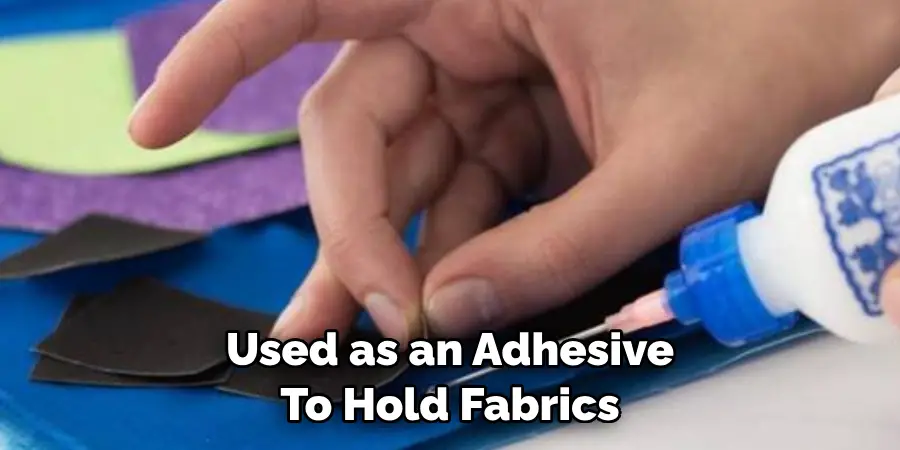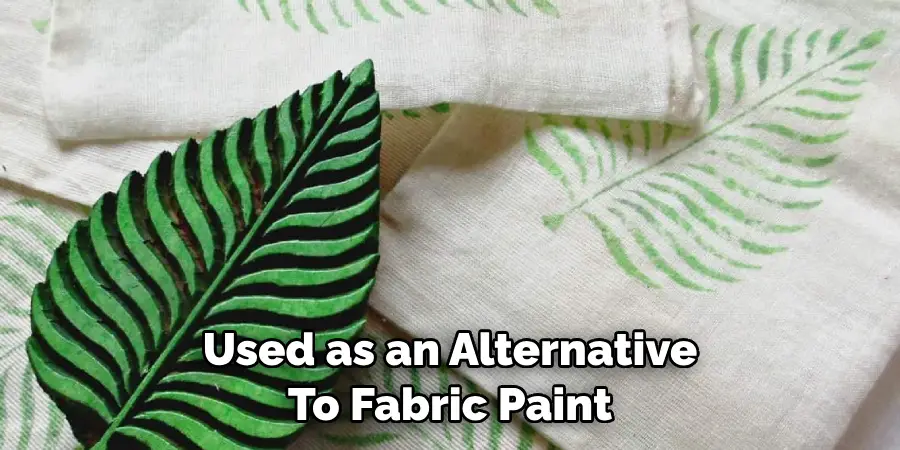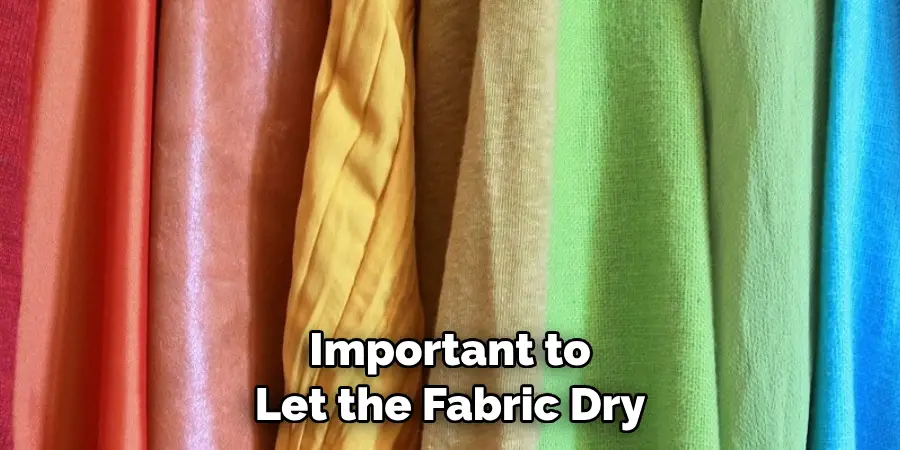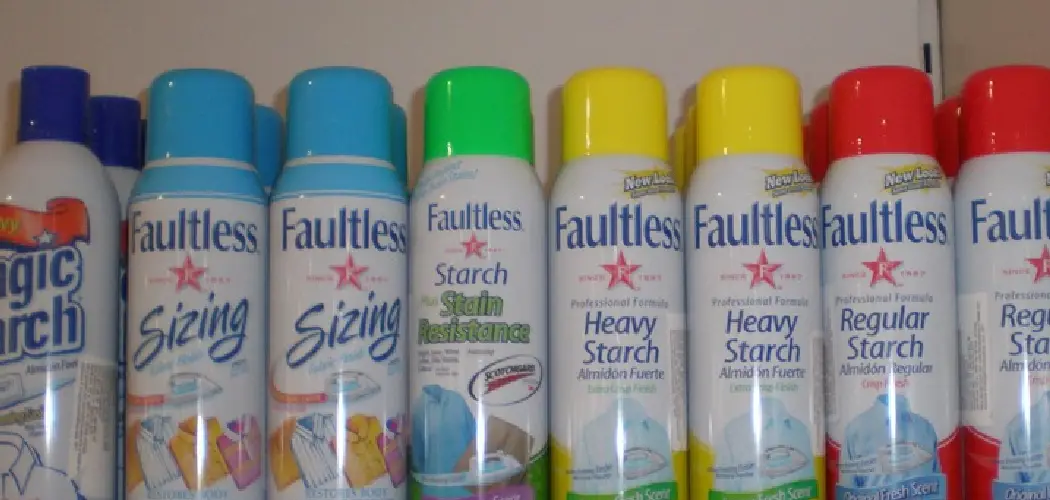In the realm of garment care and fabric maintenance, the humble starch spray emerges as a secret weapon, imparting a crisp and polished finish to clothing. Whether you’re preparing for a formal occasion or seeking to enhance the longevity of everyday wear, knowing how to use starch spray can elevate your wardrobe game. This comprehensive guide navigates through the intricacies of employing starch spray effectively, unveiling the step-by-step process of achieving that coveted smooth and wrinkle-free look.

From understanding the appropriate distance for spraying to deciphering the right amount needed, we delve into the nuances that ensure your garments maintain a fresh and professional appearance. Join us on a journey through the world of fabric care, where the skillful application of starch spray becomes a valuable tool in the pursuit of sartorial perfection and garment longevity.
Types of Fabrics that Benefit from Starching
When it comes to using starch spray, not all fabrics are created equal. Some fabrics benefit greatly from the use of starch, while others may not see much of a difference. Below are some types of fabrics that tend to benefit most from the use of starch spray.
- Cotton: This is one of the most common and versatile fabric used in clothing and household items such as tablecloths and napkins. Cotton is known for its natural absorbency, but this can also cause it to easily wrinkle. Starch spray helps add structure and stiffness to cotton fabrics, making them easier to iron and less likely to wrinkle.
- Linen: Similar to cotton, linen is another fabric that benefits from the use of starch spray. It is a natural fabric that is lightweight and breathable, but it can also wrinkle easily. Starching linen helps to keep its crisp look and prevents it from wrinkling too much.
- Denim: Denim is a durable and sturdy fabric commonly used in jeans and other casual clothing items. While denim may not need starching for everyday wear, those who prefer a more structured and crisp look can benefit from using starch spray on their denim garments.
- Silk: This delicate and luxurious fabric may seem like an unlikely candidate for searching, but it can actually benefit greatly from it. Starch helps to add body and structure to silk, making it easier to press and maintaining its smooth appearance.
- Embroidered fabrics: Detailed embroidered fabrics, such as lace or intricate patterns, can benefit from starch spray. Starching helps to keep the embroidery in place and prevent it from shifting or becoming distorted during ironing.
10 Methods How to Use Starch Spray
1. As an Adhesive
Starch spray can be used as an adhesive to hold fabrics, paper, and other items together. It is especially useful for crafts and sewing projects because it won’t damage the material or leave behind a sticky residue. To use starch spray as an adhesive, simply spray the desired area lightly and press the two items together until they are firmly attached.

2. As a Stiffening Agent
Starch spray can also be used to stiffen fabrics, making them easier to iron and giving them a crisp look. To use the starch spray as a stiffening agent, simply spray the fabric evenly with the starch and then allow it to dry completely before using it or ironing it.
3. For Embroidery Projects
Starch spray can also be used for embroidery projects to help keep the fabric from stretching or puckering while stitching. To use starch spray for embroidery projects, simply spray the back of the fabric lightly with starch before beginning your stitchwork. This will help keep the fabric from stretching out of shape as you work on your project.
4. For Quilting Projects
Starch spray can also be used for quilting projects to help keep fabrics from shifting while piecing them together. To use starch spray for quilting projects, simply spray both sides of each piece of fabric lightly with starch before piecing them together and sewing them into place. This will help ensure that all pieces stay in place while you work on your project.

5. For Applique Projects
Starch spray can also be used for applique projects to help keep fabrics from fraying when cut or sewn onto other materials, such as felt or muslin backing fabrics. To use starch spray for applique projects, simply lightly mist one side of each piece of fabric before cutting out shapes or sewing them onto other materials. This will help ensure that all edges remain neat and tidy while you work on your project.
6. For Hemming Projects
Starch spray can also be used for hemming projects to help give hems a crisp finish when pressed after they have been sewn into place. To use starch spray for hemming projects, simply lightly mist one side of each piece of fabric along the hemline before pressing it into place with an iron. This will help give your hems a professional finish when they are finished.
7. As an Interfacing Alternative
Starch spray can also be used as an alternative to interfacing when working on craft or sewing projects that require additional stability or stiffness. To use starch spray as an interfacing alternative, simply lightly mist one side of each piece of fabric before applying it onto another material, such as felt or muslin backing fabrics. This will provide some extra stability without adding any additional weight or bulkiness as traditional interfacing would.
8. As a Fabric Paint Alternative
Starch spray can also be used as an alternative to fabric paint when creating painted designs on clothing or accessories. To use the starch spray as a fabric paint alternative, simply mix equal parts cornstarch and water in a bowl until you have created a thick paste-like consistency. Then dip your brush into this mixture and apply directly onto your clothing item in whatever design you desire – just make sure that the item is washed afterward so that any remaining cornstarch is removed!

9. As a Glue Alternative
Starch sprays can also be used as an alternative to glue when adhering items, such as buttons, sequins, beads, etc., onto clothing items or accessories. To use starch sprays as a glue alternative, simply mix equal parts cornstarch and water in a bowl until you have created a thick paste-like consistency. Then dip your brush into this mixture and apply directly onto whatever item you wish to adhere to – just make sure that the item is washed afterward so that any remaining cornstarch is removed!
10. As an Ironing Aid
Finally, starch sprays can also be used as an aid when ironing clothes by helping reduce wrinkles and add the body back into garments after washing them. To use starch sprays as an ironing aid, simply spritz lightly over garments prior to ironing – this will not only reduce wrinkles but also add some stiffness back into garments after washing, which will make them easier to press!
Things to Consider When Using Starch Spray
There are a few things to keep in mind to ensure the best results. First and foremost, it is important to follow the instructions on the product label. Each brand may have slightly different guidelines for usage, so it is important to read and understand them before starting.
Secondly, make sure you use starch spray on clean fabric. If there are any stains or dirt on the material, it is best to wash it first before applying the starch spray. This will help prevent any discoloration or residue buildup.
Additionally, pay attention to the type of fabric you are using starch spray on. Some fabrics may not react well to starch and could become stiff or discolored. It is always a good idea to test a small, inconspicuous area first before applying starch spray to the entire garment.
When using starch spray, it is important to evenly distribute the product onto the fabric. This can be done by holding the bottle at least 12 inches away from the fabric and spraying in a sweeping motion. Be sure to cover the entire surface of the fabric for a consistent finish.

It is also important to let the fabric dry completely before ironing. This will allow the starch spray to set and provide a crisp, smooth finish. If you iron the fabric while it is still damp, it may cause wrinkles or create a sticky residue.
Lastly, store your starch spray in a cool, dry place and make sure the nozzle is clean after each use. This will help prevent clogs and ensure the product stays in good condition for future use.
Conclusion
Starch spray is a great way to freshen up your clothing and make your garments look nice again. Whether you’re looking for a quick fix or putting together a whole new wardrobe, starch spray can add an extra touch of sharpness. While the process may seem intimidating at first, with practice it can become easy and even help save time while trying to look your best.
Give starch spray a try the next time you want to refresh your clothes and watch as they come back to life! With the proper technique, you’ll be amazed by how quickly your outfits will be transformed. And don’t forget, if you ever get stuck, remember our guide on how to use starch spray – it has all the tips you need for the best results!

